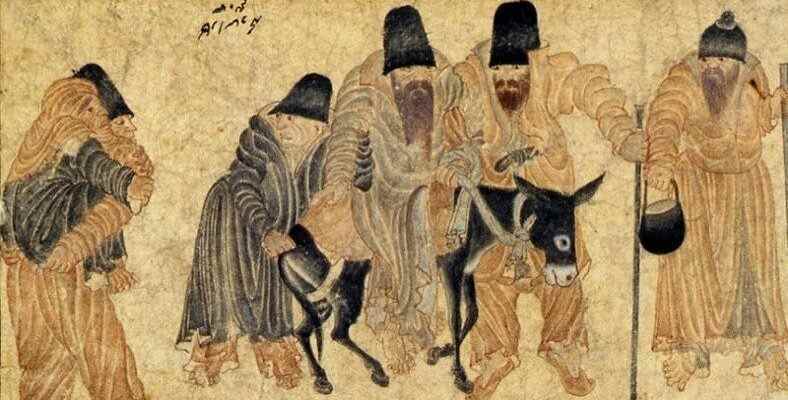The Babailer Revolt, started in the 13th century by nomadic Turks who were dissatisfied with the mismanagement of the Anatolian Seljuk State, and whose religious results are said to be seen even today, left a strong impact to bring the end of an era. Let’s see the reasons and results of this rebellion through the question of what is the Babais Revolt.
In the period before and during the establishment of the Ottoman Empire, many Turkish tribes from Central Asia and many nomadic Turkish tribes lived in the Anatolian lands. The Anatolian Seljuk State, which was the dominant power of that period, could not manage the newly arrived migrations correctly and He condemned Turkish communities to starvation. During this period, the people gathered under the leadership of Baba İshak and Baba İlyas, started a revolt that we now call the Babais Uprising.
Unfortunately, we do not have many sources about this revolt that took place in the 13th century, most of it consists of third-hand artifacts. Still, there are some known facts and theories about the Babai Revolt. There are even rumors that this rebellion, which obviously has a religious background, is a lie. Bride Let’s take a closer look at what is Babailer Revolt and let’s see the causes and consequences of this rebellion in all its details.
First, who are the Babais actually?
who started an uprising by rebelling against the Anatolian Seljuk State in the 13th century. Most of the Babais live in Anatolia. and nomadic Turks who migrated from Central Asia to this region. Muslim, Christian, Shaman, Armenian, Kurdish and similar small communities living in the region participated in the rebellion that started under the leadership of Baba İlyas Horasani and his disciple Baba İshak.
Most of the people who participated in the Babais Revolt combined Turkish traditions with Islam. a belief system called folk Islam They were members of sects of cultivators. According to different sources, Father Elijah had declared himself a prophet, saying that he was speaking to god, and Father Isaac was his caliph.
Before the establishment of the Ottoman State, the Turkish-Islamic culture was not fully established in the region. because Such changes do not happen all at once. For this reason, there were numerous sects and lodges opened by them. So local organizations were strong. For this reason, it is possible to easily say that all of the people who participated in the Babai Revolt were people living in the region. The effects of the belief systems established at that time are also seen in many sects in our geography today.
So, what is the Babais Revolt?
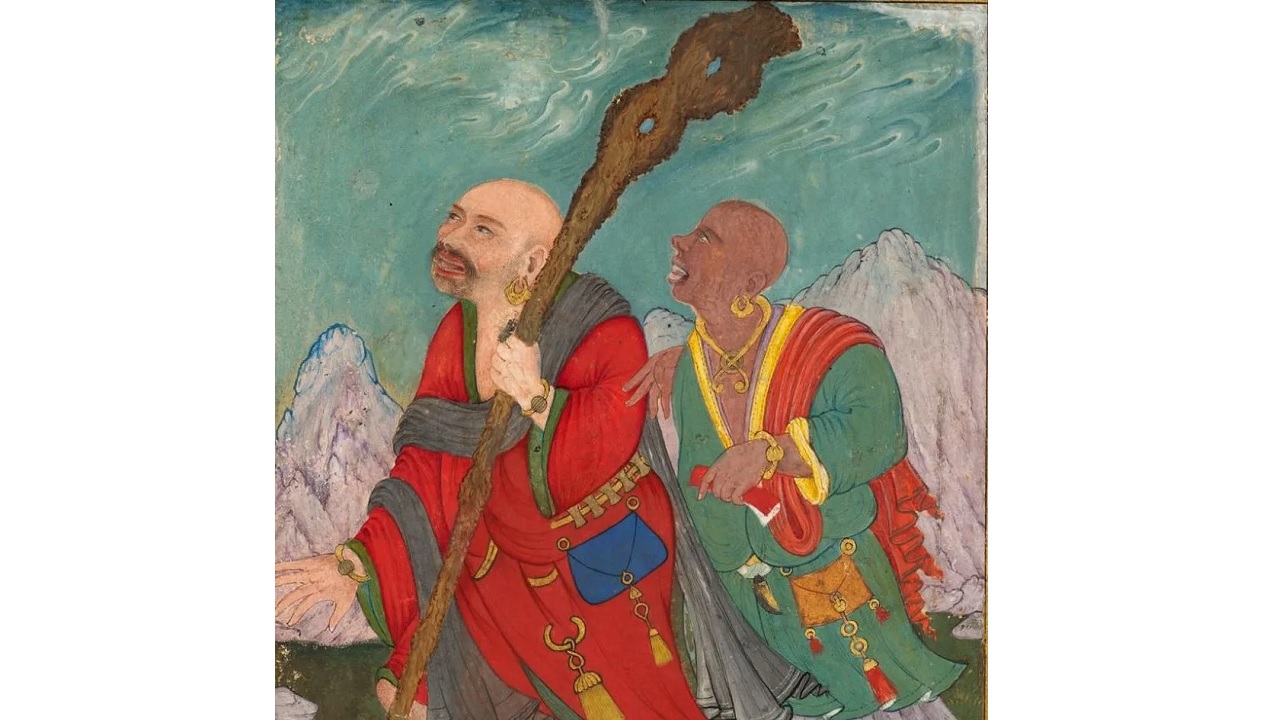
Babai Revolt, also known as Babai Rebellion, Baba Resul Revolt, In 1240, under the leadership of Baba Ilyas Khorasani and his disciple Baba Isaac It is a rebellion initiated in Maraş, Adıyaman, Kahta, Gerger, Elbistan, Kefersud, Harran, Urfa, Amasya and Tokat regions against the Anatolian Seljuk State with the participation of the people in the region, especially the nomadic Turks.
Babais Revolt, which was recorded as the biggest rebellion experienced in the Anatolian Seljuk period, started as a small spark and spread all over Anatolia. Although there was a suppressed rebellion thanks to the hired Franks, it weakened the power of the state so much that the Anatolian Seljuk State disappeared in a short time. Its religious and social influences continue even today.
What are the causes of the Babais Revolt?
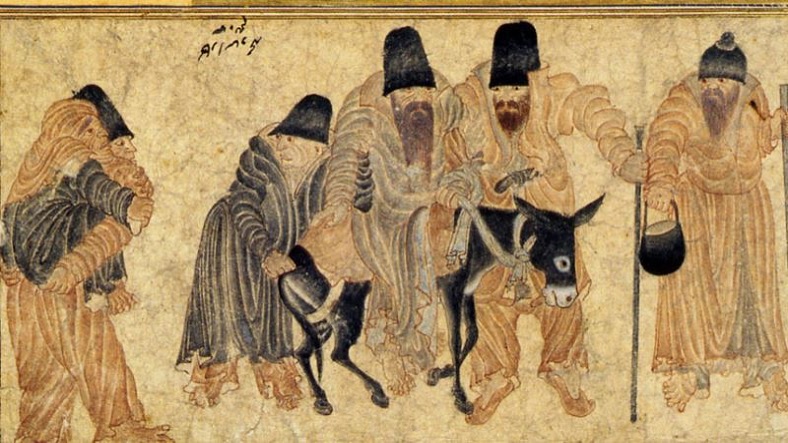
With the 1071 Malazgirt Victory, the doors of Anatolia were opened to the Turks forever and together with many Turkish tribes. nomadic Turkish tribes began to come to the region. Due to the Mongol invasions that followed, many nomadic Turkish tribes continued to flee to Anatolia. The Anatolian population, which is very few in number, has become more crowded than ever due to all these migrations.
During the Anatolian Seljuk State, pastures were shown to the newly arrived nomadic Turkish tribes and their settlement was ensured. However Grasslands became insufficient over time. and the Turks did not want to leave the nomadic life. II. During the period of Gıyaseddin Keyhüsrev, the people were literally condemned to starvation. Alaeddin Keykubat I, who came after him, could not do successful studies on this subject.
When all this is taken into account, the Babais Revolt It is possible to say that the main reason is bad management and economic problems. Baba İlyas, who is claimed to have declared himself a prophet, and Baba İshak, who is seen as his caliph, saw that the people were already boiling and started the rebellion by sending news to their lodges in the region.
Let’s come to the reasons mentioned in different sources. Some sources are the Sunni Anatolian Seljuk State. that they are uncomfortable with nomadic Turks who are not like them. and they say that they are planning such an uprising to eliminate them, that is, there is no such thing as the Babai Revolt. Some sources say that this rebellion started after the Seljuk soldiers attacked a Turkish tribe. Unfortunately, sources are not clear on this.
What are the consequences of the Babais Revolt?
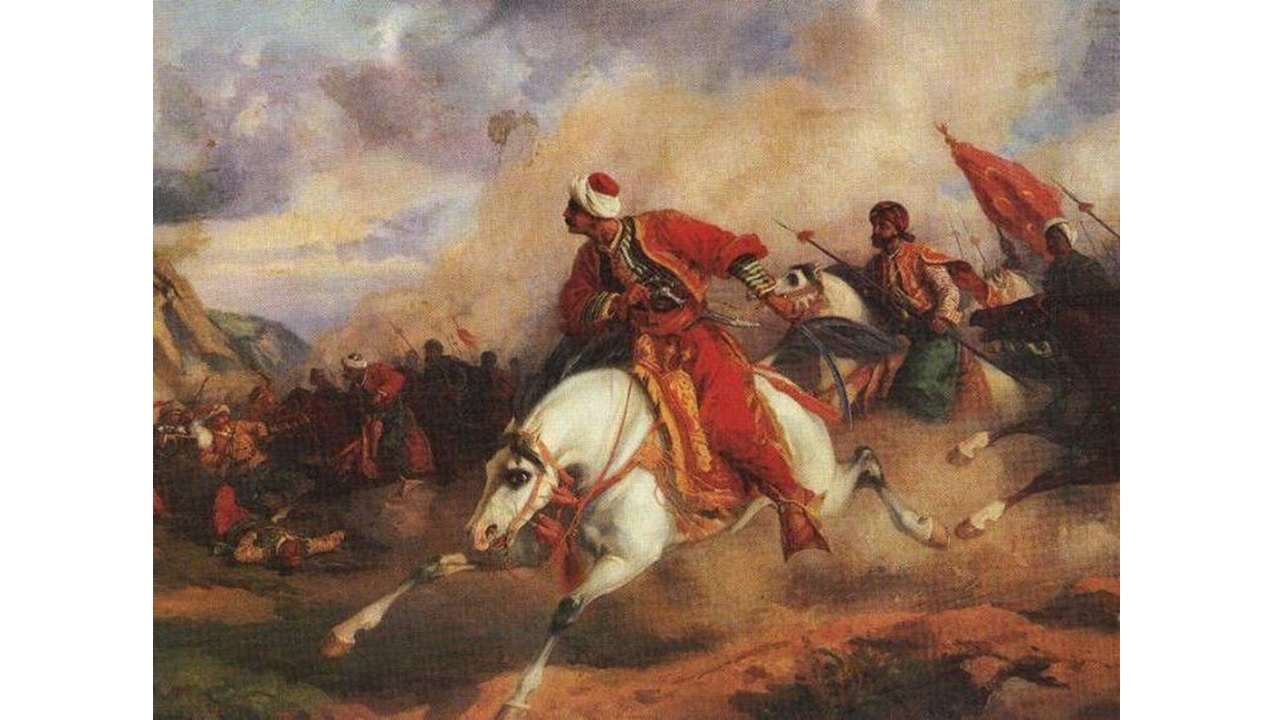
Perhaps the most important result of the Babais Revolt was on the religious structure. Today, in Anatolia, Iran, Iraq, Syria, Armenia and other neighboring regions and even in the sects among the Arabs The effects of the belief system, which was put forward by Baba İlyas and not accepted by some segments, can be seen. According to a rumor, Hacı Bektaş-ı Veli met Baba İlyas and became his disciple. Bektashism was established later.
The undisputed biggest result of the Babais Revolt is The reason is that he prepared the way for the disappearance of the Anatolian Seljuk State. So much effort was made to suppress the Babais Revolt, the biggest revolt in the history of the Anatolian Seljuks, that the state eventually weakened. The effect of this weakening was seen in the Kösedağ War with the Mongols in 1243 and the Anatolian Seljuk State came to an end.
How was the Babais Revolt suppressed?
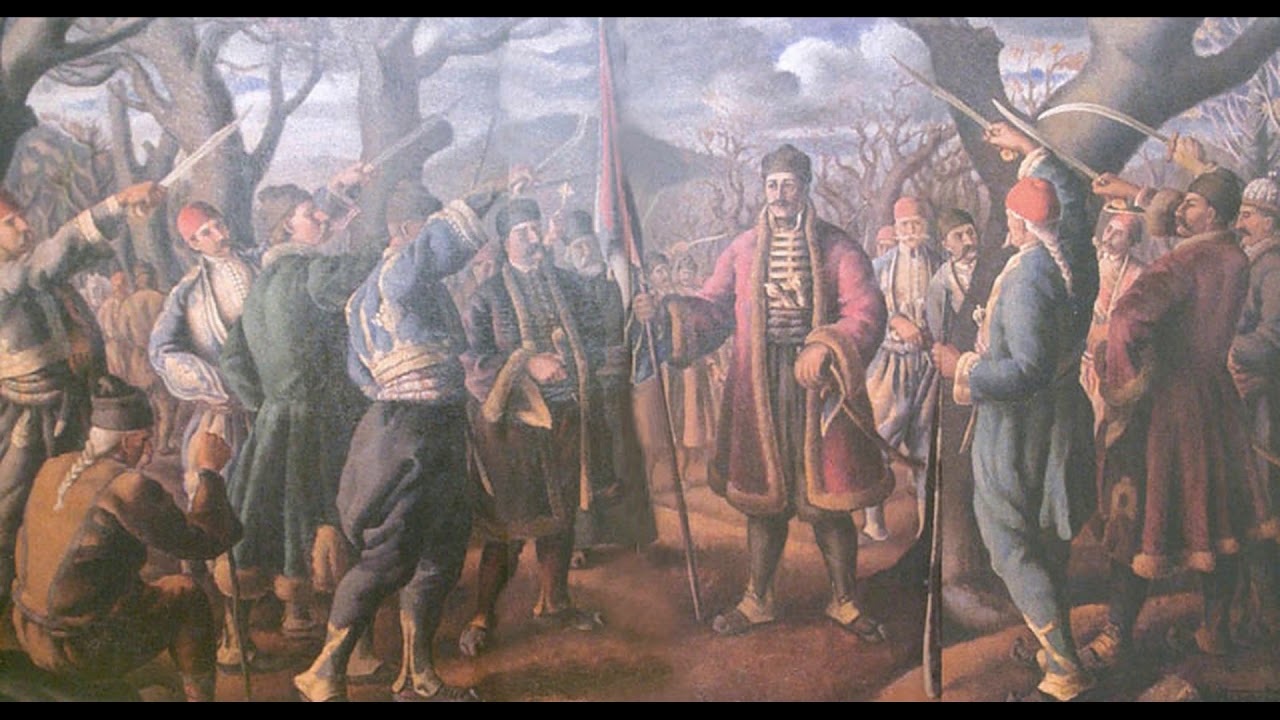
Babais Revolt started in Malatya and spread rapidly all over Anatolia like a straw flame. The rebels plundered the villages they passed, killed those who were not with them. The rebels, who had passed their soldiers one by one, finally came to Konya. They turned down the deal offers.
First, Baba İlyas, who was the religious leader of the rebellion, and then Baba İshak, who was seen as his caliph, were killed. The Babais, who were shaken by the loss of their leader, They lost this war when they encountered hired Frankish soldiers. The aftermath is terrible because the Anatolian Seljuk State, along with women and children, killed anyone who participated or even suspected of supporting the Babais Revolt.
Final word on the Babais Uprising:
The Babai Revolt is a rebellion that took place in the 13th century, and since there is no historiography tradition in our country, most of this information has come from third-hand sources. Because The reliability of the information, most of which we directly convey, is doubtful. As we said, some sources even say that such a rebellion did not exist. Let us remind you again that the claim that its effects still continue in some sects, especially today, has not been proven.
It is claimed that the religious influences that brought the end of the Anatolian Seljuk State and continue even today. What is the Babais Uprising? We talked about the causes and consequences of this rebellion by answering the question. You can share your thoughts on the subject in the comments.
